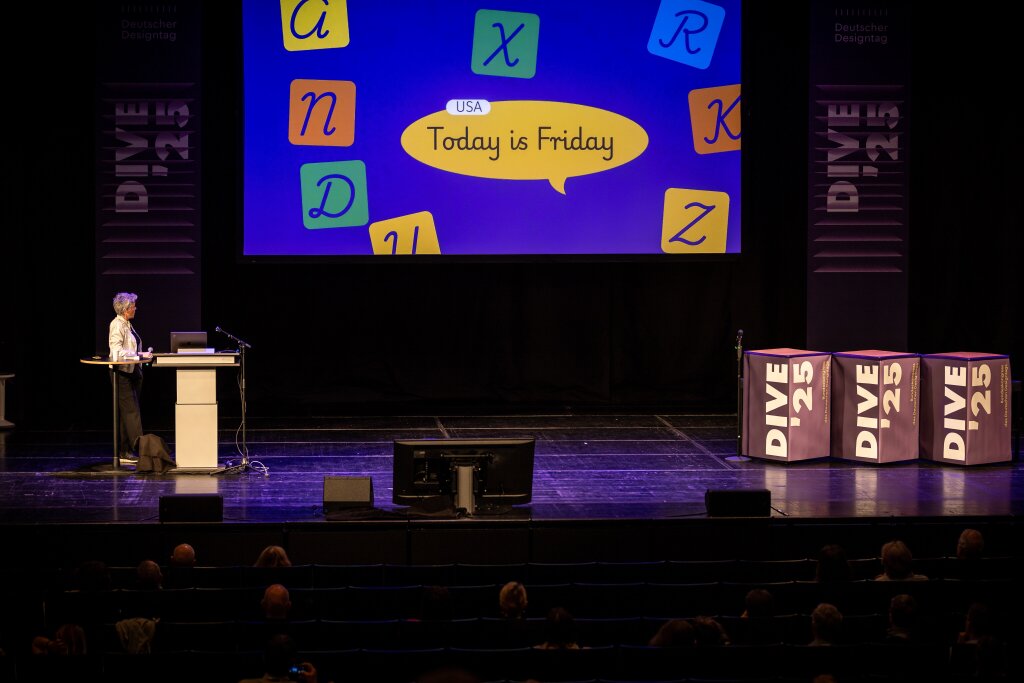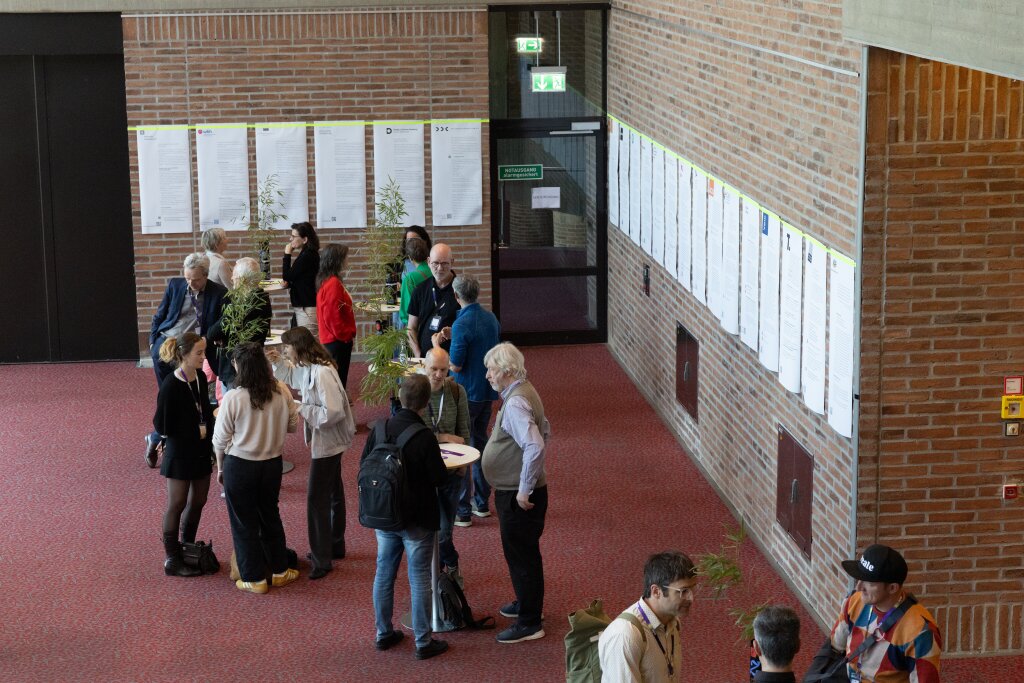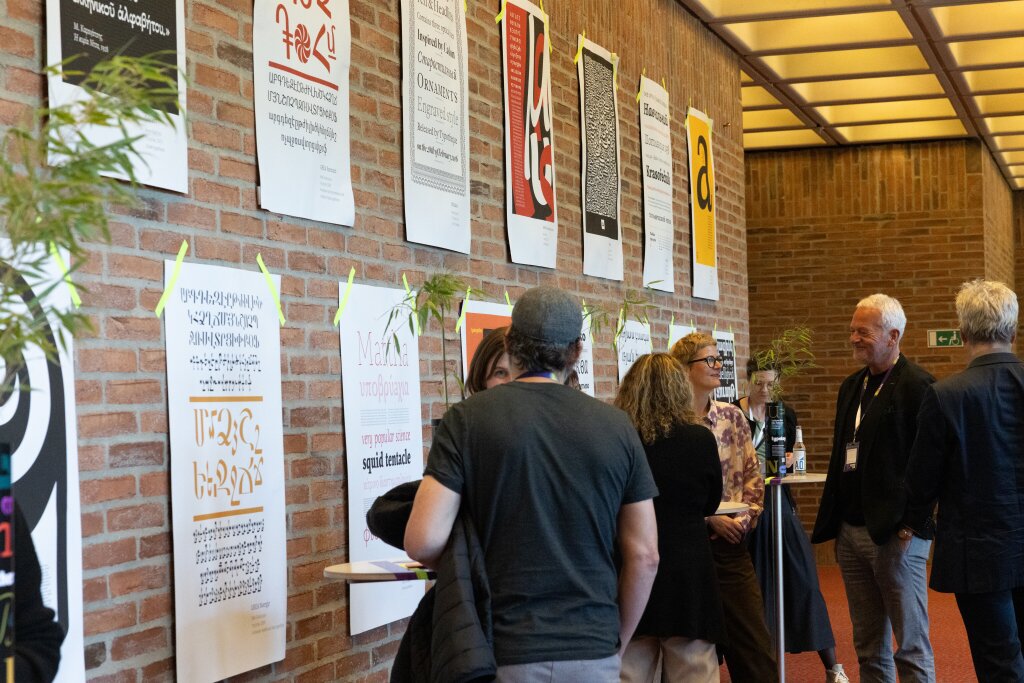At the DIVE 25 conference in Munich, Veronika Burian - type designer, co-founder of TypeTogether, and Chairwoman of GRANSHAN - delivered a distinguished keynote titled “Schrift verbindet” (“Writing Connects”). Her presentation offered a nuanced, interdisciplinary perspective on handwriting, situating it at the intersection of cultural identity, educational practice, and neurological development.
Drawing on global research and qualitative interviews with educators and students, Burian’s talk explored the current state of handwriting instruction around the world with aim to provide a grounded snapshot of how script is taught, learned, and experienced in diverse educational contexts.
From Historical Pedagogy to Cognitive Relevance
Veronika Burian traced the evolution of writing instruction from its institutionalization during the Prussian education reforms of the 18th century through to the influence of 19th-century health movements, which emphasized handwriting’s role in mental and physical well-being. This historical backdrop set the stage for her analysis of how script models have evolved - from complex forms like the English Roundhand, which proved impractical for children, to simplified alphabets developed to reduce cognitive load and accelerate literacy acquisition.
Central to her argument was the importance of handwriting for brain development. She emphasized that letter recognition and script fluency enhance interhemispheric brain connectivity, improve memory and fine-motor skills, and support reading and writing competence - affirming handwriting’s role as a foundational cultural and cognitive tool.
Playwrite type engine
Introducing the Playwrite project, Veronika Burian presented a research-driven initiative dedicated to creating foundational handwriting models that draw on global script traditions. These models consider variations in stroke count, direction, sequencing, and connectivity, with the goal of building a cohesive system for contemporary handwriting education. The project exemplifies how type design can contribute to inclusive, future-oriented educational tools.
More than a functional skill, Burian positioned handwriting as a formative medium of personal identity and expression - a “fingerprint” of individuality. She highlighted the concept of Selbstwirksamkeit (self-efficacy), noting that the act of writing by hand fosters agency, deeper engagement with content, and emotional connection - all essential for both personal development and active citizenship.
Global Reach and Granshan's Continued Mission
Closing her talk, she noted the remarkable reach of the typefaces developed through these initiatives: over 5 to 6 million downloads across approximately 60 digital fonts. This figure underscores the global demand for thoughtful, accessible, and culturally responsive type design.
Adding to the event's significance, the GRANSHAN Exhibition at DIVE’25 further reinforced the conference's commitment to script diversity and multilingual typography. Showcasing typefaces beyond latin from around the world, the exhibition underscored GRANSHAN’s mission to promote intercultural dialogue and preserve typographic heritage through design innovation.






